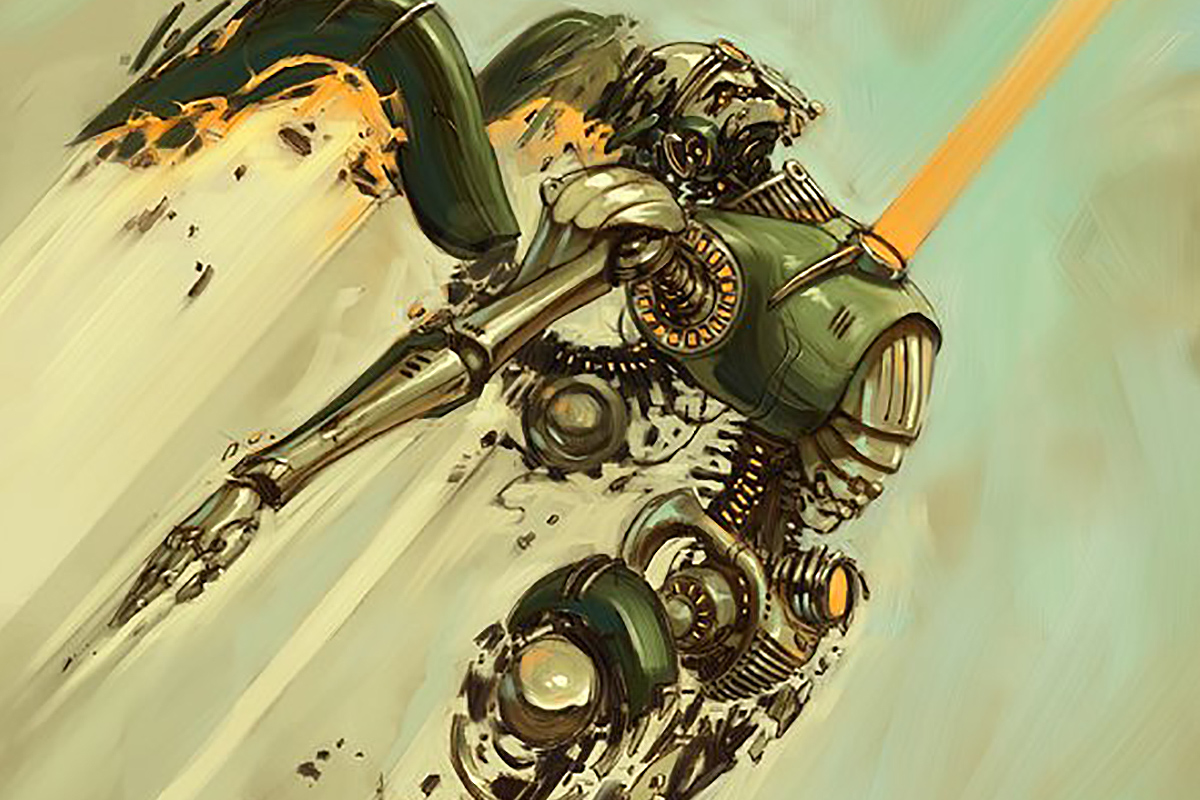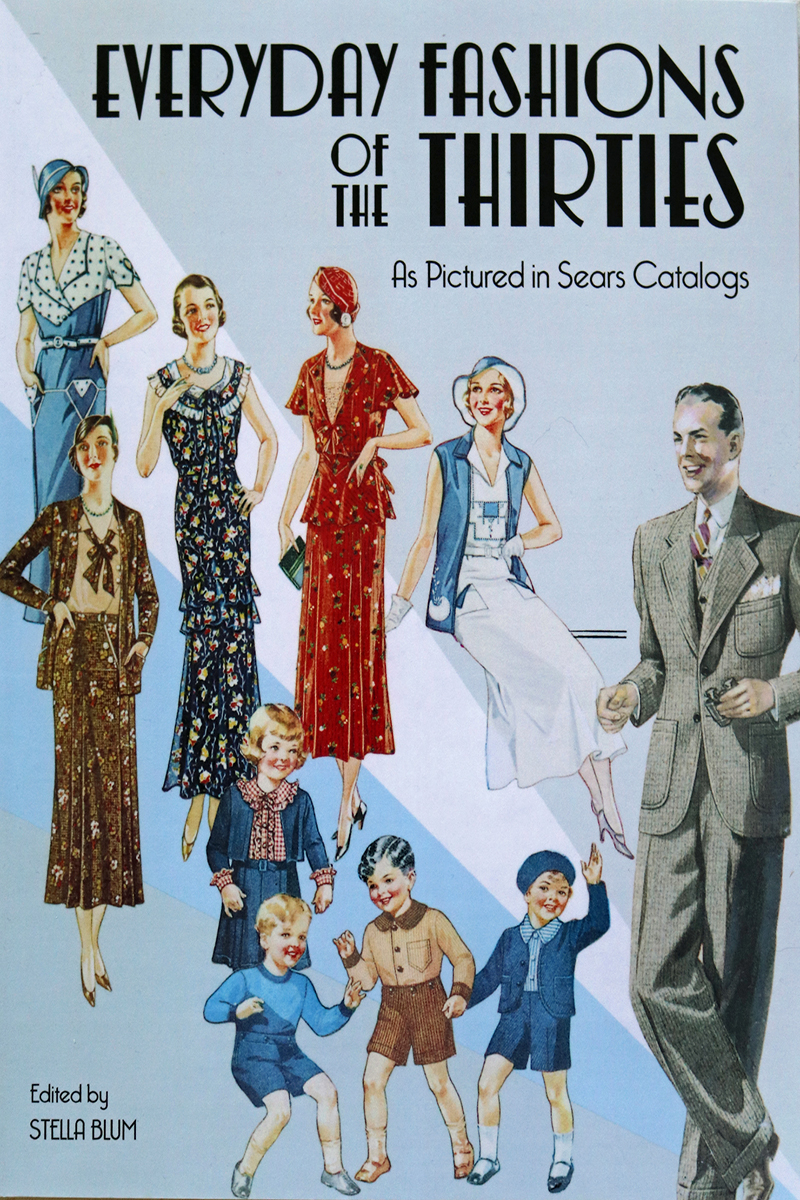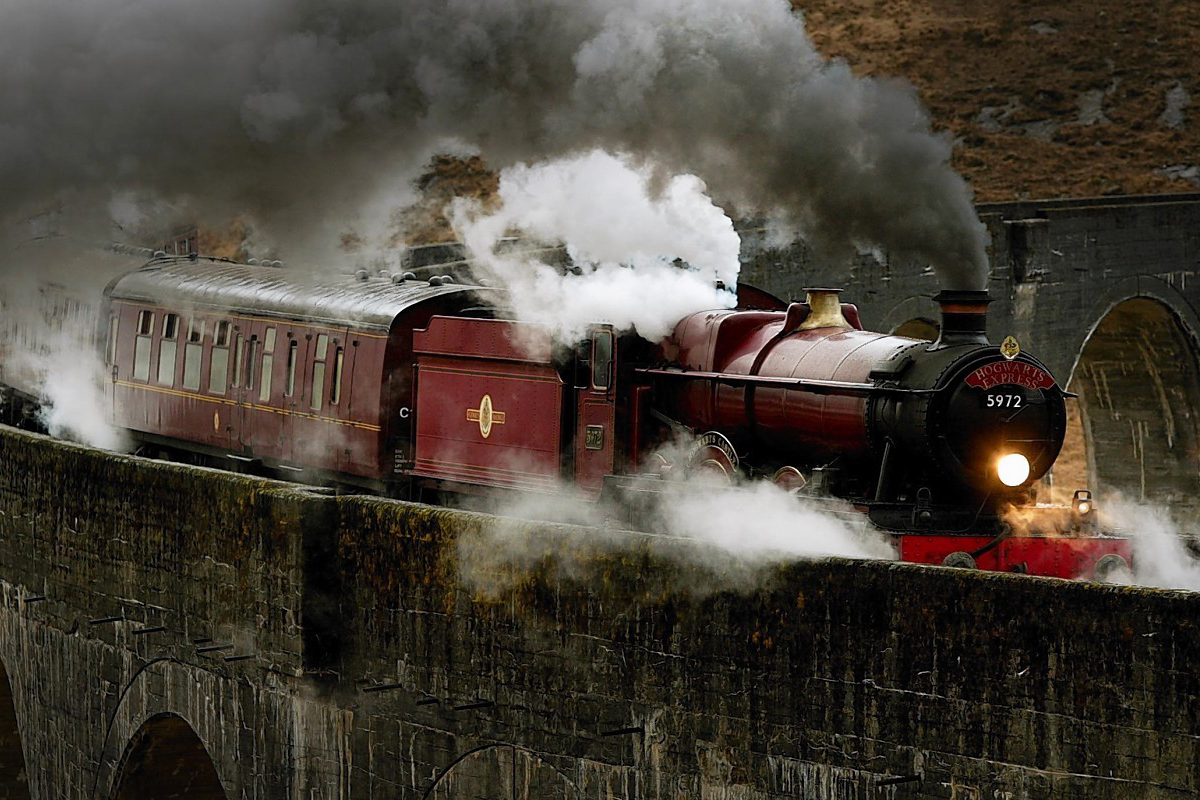No film genre has been as beloved by dieselpunks as film noir and, for many, the first glimpse of this classic American genre was through the subsequent attempt to revive it.
This genre, generally referred to as neo-noir, is probably best known for its fusion with cyberpunk in Blade Runner (1982). However, one the oldest and purest examples of the neo-noir genre came in the form of the period film Chinatown (1974), directed by the infamous Roman Polanksi.
Set in 1930s Los Angeles, the film revolves around a detective by the name of Jake Gittes (Jack Nicholson) who becomes embroiled in a government scandal involving a corrupt Water Department. In the process, he makes an acquaintance with Evelyn Mulwray (Faye Dunaway) and is eventually hired by her to investigate her husband’s death. This investigation pushes him deeper into the corruption, ultimately meeting the head of the scandal, Noah Cross (John Huston). In these three characters and the plot that surrounds them, we can see the classic noir narrative unfold.
Gittes is himself stereotypically noir: a male detective who must solve an intricate crime and in the process figure out his own sense of morality. In reading Jon Tuska’s cultural analysis of noir men in his book Dark Cinema (1984), this connection becomes incredibly poignant. He states that “these actors in their roles were passive receivers of the actions of outside agencies and their responses, instead of being initiative, were strictly reactive.”
Tuska furthermore states of the noir man that,
keeping women in their ‘place’ means for [them] that they, too, must keep to their place. … It is their purpose in life to work, to provide, to protect and to serve without ever questioning. … Noir men who … choose to live outside the traditional role assigned to them … are subject to destruction no less than is the femme fatalee.
With this in mind, it is easy to see how a Polanskian character — trapped between being the tormented and the tormentor — can easily fit within a noir narrative.
Indeed, Gittes often plays the role of the tormented, as most evidenced by a wound to his nose he acquires while investigating the Water Department and the resulting bandage and scar. At the same time, he often acts as a tormentor, even if it is unintentionally. Throughout the narrative, he puts all the pieces in play for its tragic end and then watches helplessly as they come to fruition.
From the beginning, the film introduces us to his dual role — by spying on Mr Mulwray and thus ruining the man’s reputation, Gittes acts as a tormentor, but as he was used by Cross and his associates to do so, he also appears as the tormented.
The character of Evelyn is also typically noir. This can become tricky, though, as our first view of her may remind us of the classic sort of femme fatale, but as the film progresses our understanding of her character changes.
It is important to note, however, that Polanski is not merely playing with the expectations of the femme fatalee here. While Tuska does outline the two more common types of noir women, the femme fatalee and the nurturing wife or mother, he also mentions a third and more rare type to which Evelyn belongs. He calls them the “beautiful neurotic” and compares them to the femme fatalee saying, “she is still the primum mobile which brings both herself and the noir male protagonist to catastrophe.”
Indeed, while she lacks criminal intent, Evelyn is the key piece that brings about the narrative’s tragic end.
Cross, and the nature of the criminality in general, is also characteristically noir in Polanski’s film.
Carlos Clarens states of film noir in his book, Crime Movies (1980), that:
They could be arranged along the lines of a detective story that, in its course, exposed a brutal and corrupt society that did not always coincide with the straight world’s idea of itself. Even in the safer context of the detective film, the mere depiction of evil in places higher than the underworld conferred an awareness of the seamy side that other genres never provided.
We see in Cross this high class kind of criminal, representative of a deeper sort of moral degradation. This is not a film about the crimes of the petty and in its course we find that murder is but one form of depravity committed. The government itself is a part of the scandal, dumping water to make a few wealthy men richer. Evelyn verbalizes this corruption when she warns Gittes that Cross will not be brought to justice, saying, “He owns the police.”
The film culminates in a truly shocking perversity that I will not ruin here.
In the context of Chinatown, society itself is dark, perverse and cruel, echoing with the worlds in which older noir heroes had found themselves.
Of course, while all of this may suggest a classically noir narrative structure, that is but one of the things for which film noir was so revered. What of the distinct visual style?
In this regard, Polanski deviates to some degree. We do see some of the characteristic low-key lighting, especially in the night shots and with the use shadows cast by the blinds in Gittes’ office. However, this is not nearly as overwhelming as the rich blacks of old film noir.
That is not to say that Polanski does not obtain the intended effect of the stereotypical film noir aesthetic through his own visual structures. If the point of low-key lighting is to create moral ambiguity, Polanski is able to accomplish this instead through visual symbolism and motif. His use of the motif of a broken lens or damaged eye suggests an inability to understand.
Polanski’s camerawork, in which we are forced into Gittes’ own subjective perception of the events, also creates this same sense of ambiguity and misunderstanding.
I would therefore like the assert Tuska’s claim that “what ultimately determines such films as examples of film noir, or not, is the presence of the film noir narrative structure,” and that, “in the best films noirs, the visual style and the narrative structure work hand-in-hand and constitute a consistent, unified ensemble.”
Chinatown‘s narrative is noir and its visual structure supports this noir sense in its own way.
Therefore, in looking at Chinatown, it is easy to see it as a definitive work of neo-noir and one that very closely mirrors its source. The narrative is characteristically noir and, even in moments where it may seem to break convention, it rarely does so more than films noirs had done in the past. At most, its visuals may seem to stray from the classic aesthetic. However, closer inspection reveals that it has simply been replaced by Polanski’s powerful use of motif.
Overall, Chinatown is closer to Polanski’s attempt to create his own film noir than an attempt to complete reinvent it. It is neo-noir in its very essence and, in that regard, should be considered a must-see for any fan of the genre.
This story first appeared in Gatehouse Gazette 4 (January 2009), p. 23-24, with the headline “Polanski’s Noir; Chinatown”.






1 Comment
Add YoursAn interesting article. Thank you very much.